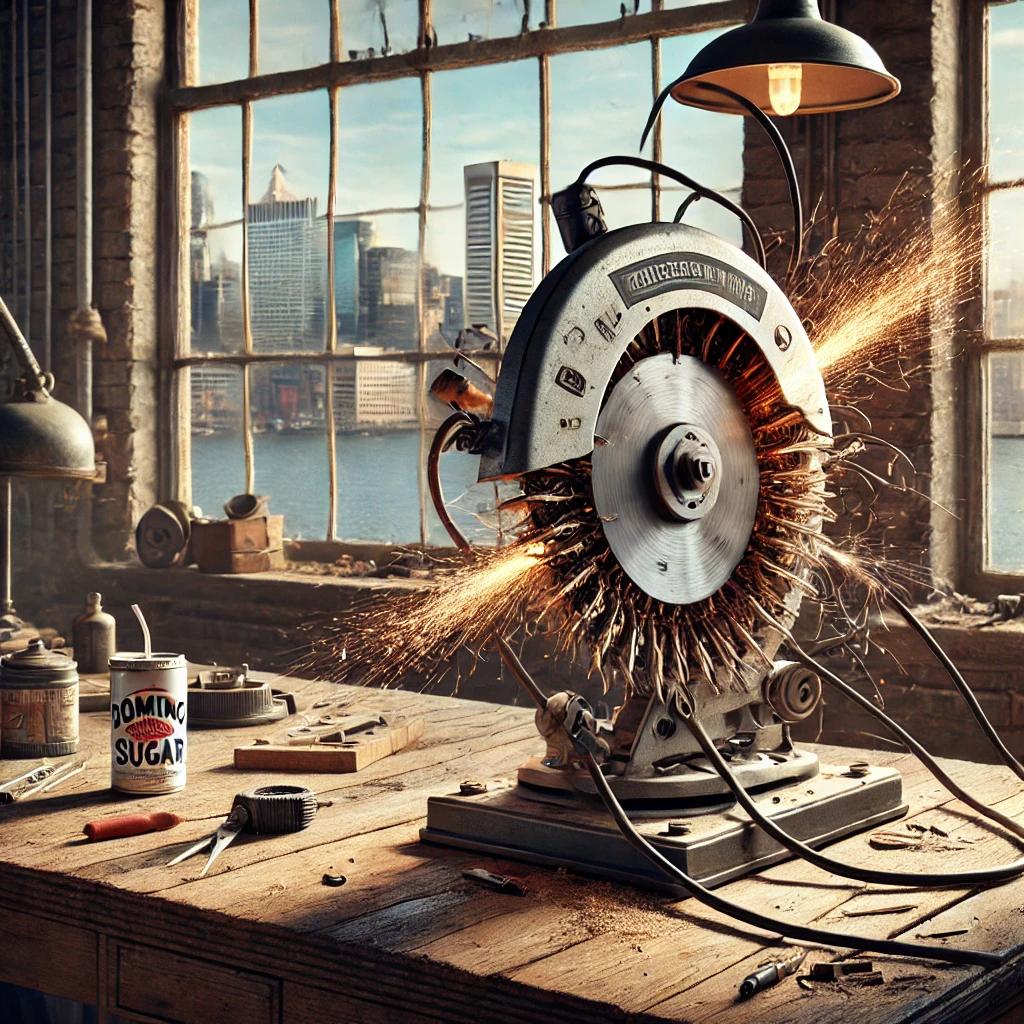What Does Unreasonably Dangerous Mean in the Setting of a Products Liability Case?

We’ve seen that a Baltimore personal injury lawyer trying a strict liability products case must prove that the product was both defective and “unreasonably dangerous” when it left the seller’s control to prevail. As Attorney Eric T. Kirk will tell you, Maryland law provides that an object is “unreasonably dangerous” when there is a defect that is so dangerous that a reasonable person knowing the risks would not place it on the market. To the larger question: “What Does Unreasonably Dangerous Mean in the Setting of a Products Liability Case” here in Baltimore? As one court has said:
“For a seller to be liable…..the product must be both in a ‘defective condition’ and ‘unreasonably dangerous’ at the time that it is placed on the market by the seller. An ‘unreasonably dangerous’ product is defined in as one which is ‘dangerous to an extent beyond that which would be contemplated by the ordinary consumer who purchases it, with the ordinary knowledge common to the community as to its characteristics.”
Phipps v. General Motors Corp., 278 Md. 337, 363 A.2d 955 (Md. 1976)
Unreasonably Dangerous In a Baltimore Personal Injury / Products Liability Case
Successfully arguing how specifics facts fit legal definitions or concepts is a hallmark of the finest Baltimore Personal Injury lawyers. Courts develop legal definitions or “tests”. The lawyers who get their clients cases to fit in those categories get the most money for their personal injury clients. In products liability law, activities or products are deemed unreasonably dangerous when they pose risks beyond what an ordinary user would reasonably expect. This determination often arises in cases involving design defects, manufacturing defects, or failures to warn. What are common iitems and activities, when they go wrong, can form the basis of a successful Baltimore personal injury / products liability case.
Household Products in Baltimore Households
- Electrical Appliances: Products like toasters, space heaters, or washing machines that short-circuit and cause fires can be unreasonably dangerous.
- Cleaning Chemicals: Household cleaners or pesticides that lack warnings about toxic fumes or unsafe combinations may be considered unreasonably dangerous.
Products and Toys used By Baltimore’s Children
- Choking Hazards: Small toys or components that pose a choking risk to children without proper warnings.
- Faulty Cribs and Car Seats: Products that collapse, break, or fail to secure infants properly.
Industrial and Construction Equipment
- Defective Machinery: Power tools or industrial equipment that lack safety guards or automatic shut-offs, exposing workers to severe injuries.
- Unsafe Ladders or Scaffolding: Products that fail under reasonable use due to poor design or manufacturing flaws.
Medical Devices and Pharmaceuticals in Baltimore Medical Facilities
- Defective Medical Implants: Devices like pacemakers, artificial joints, or hernia mesh that fail and cause harm.
- Dangerous Drugs: Pharmaceuticals with undisclosed severe side effects or improper warnings, resulting in adverse health outcomes.
Recreational and Sporting Equipment
- Defective Helmets: Helmets for cycling, motorbiking, or sports that do not provide adequate protection during impacts.
- Exercise equipment that breaks under normal use, causing injuries.
What May Make These “Unreasonably Dangerous”?
Seasoned Baltimore personal injury lawyers know that the knowledge of the extreme danger must exist at the time of sale, and cannot be judged through the magnification, clarification and benefit of hindsight. In determining if a product or activity to be deemed unreasonably dangerous, a court may look to:
- The risk must exceed ordinary consumer expectations.
- Safer, feasible alternatives to the design or manufacturing exist.
- The product lacks proper warnings or instructions to mitigate risks.



